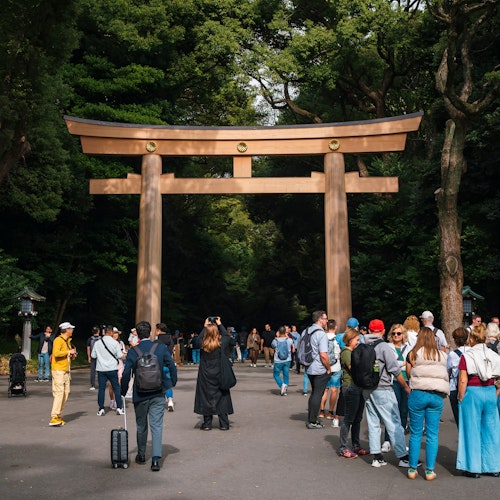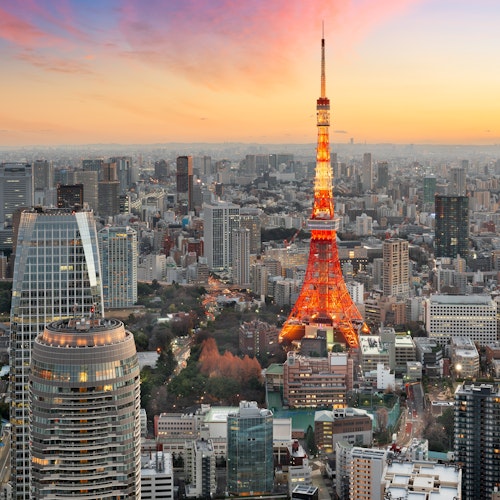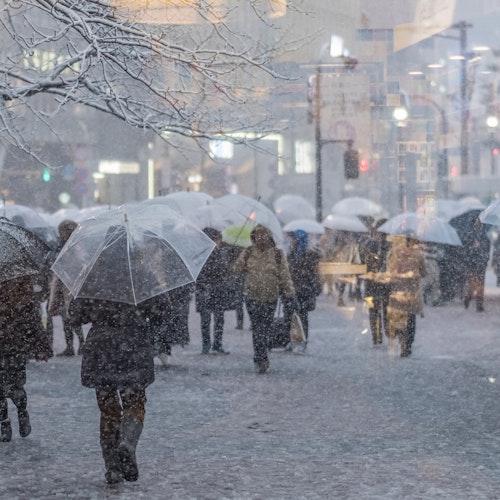
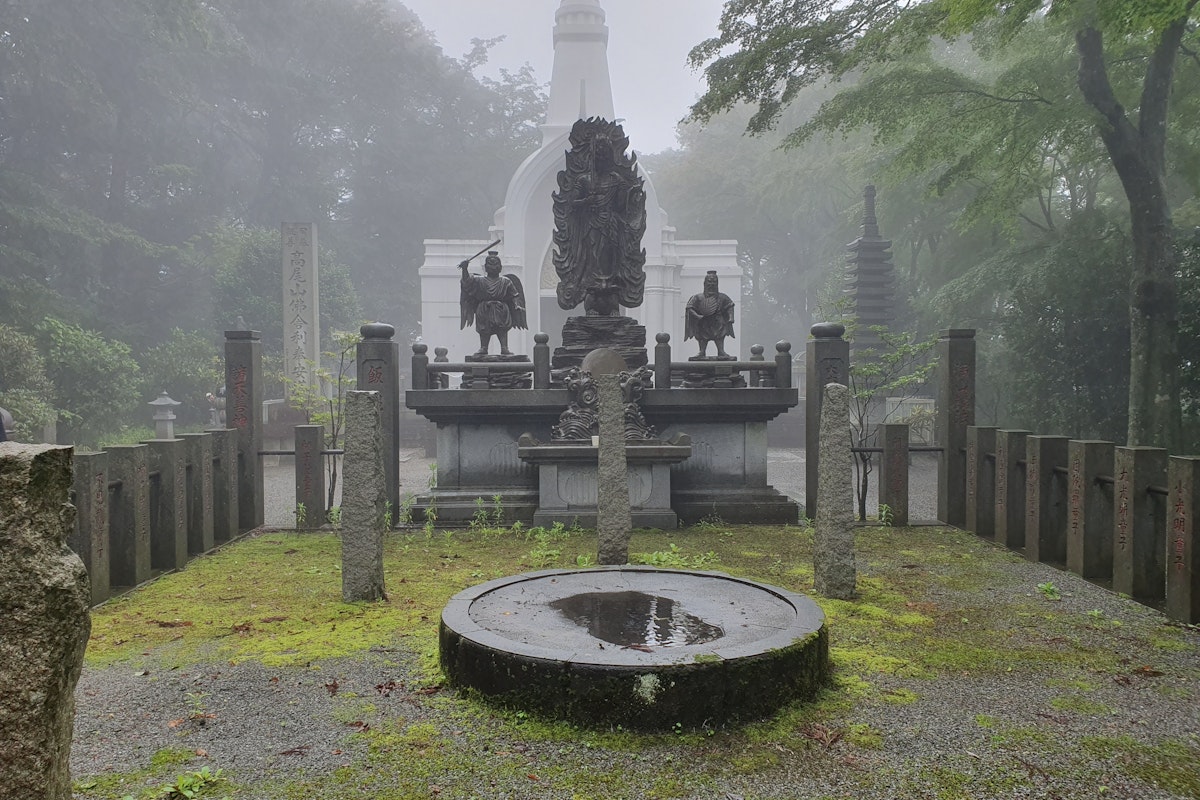
Tokyo, a city known for its cherry blossoms, bustling streets, modern skyline, and historical buildings, is a treasure trove of historical sites. While the Tokyo Imperial Palace and Tokyo Tower are well-known landmarks, the city harbors lesser-known historical sites that glimpse its rich history.
From Shinto shrines to traditional Japanese gardens, these sites provide a serene escape from the city's fast-paced life, allowing visitors to step back in time and experience the historical depth of Tokyo.
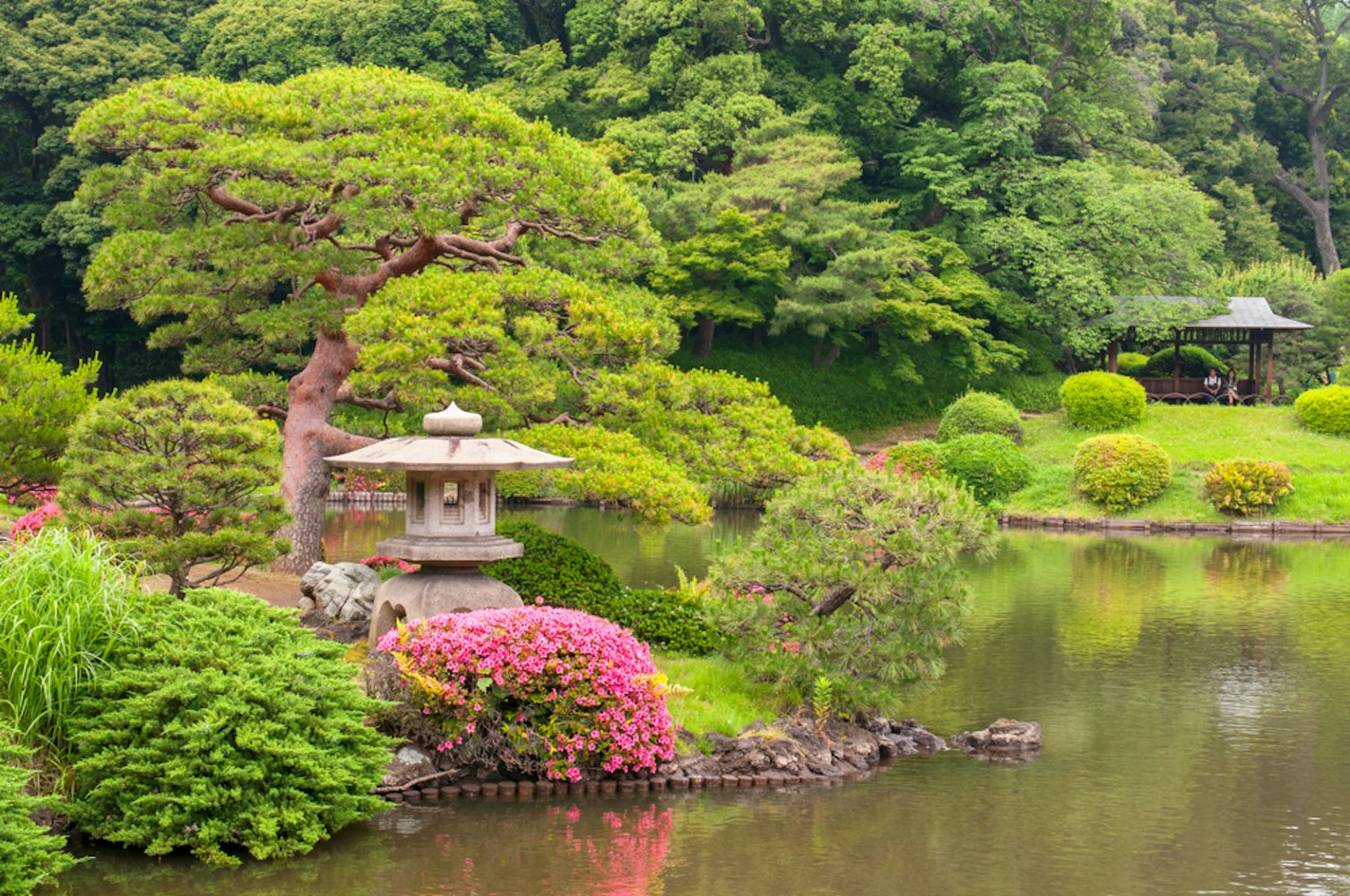
Kiyosumi Garden, also known as Kiyosumi Teien in Japanese, is a picturesque example of a traditional Japanese stroll garden. This tranquil oasis is in the Fukagawa district of Tokyo, offering a peaceful retreat from the city's bustling pace.
The garden's origins date back to the late 19th century, specifically between 1878 and 1885, known as the Meiji Era. It was a time of profound change in Japan as it transitioned into modernity.
Kiyosumi Garden was spearheaded by Iwasaki Yatarō, a prominent figure in Japan's industrial revolution. Yatarō was a successful shipping financier and an influential industrialist, playing a key role in shaping Japan's industrial landscape during this pivotal period.
His vision for the garden was to adhere to the classical principles of Japanese garden design. This vision was meticulously brought to life in the serene layout and landscaping of Kiyosumi Teien.
The garden features all the quintessential elements of a traditional Japanese garden. It includes meandering pathways that invite visitors to wander and contemplate, ponds that serve as serene focal points, and carefully selected flora that change with the seasons, providing a constantly evolving backdrop of natural beauty.
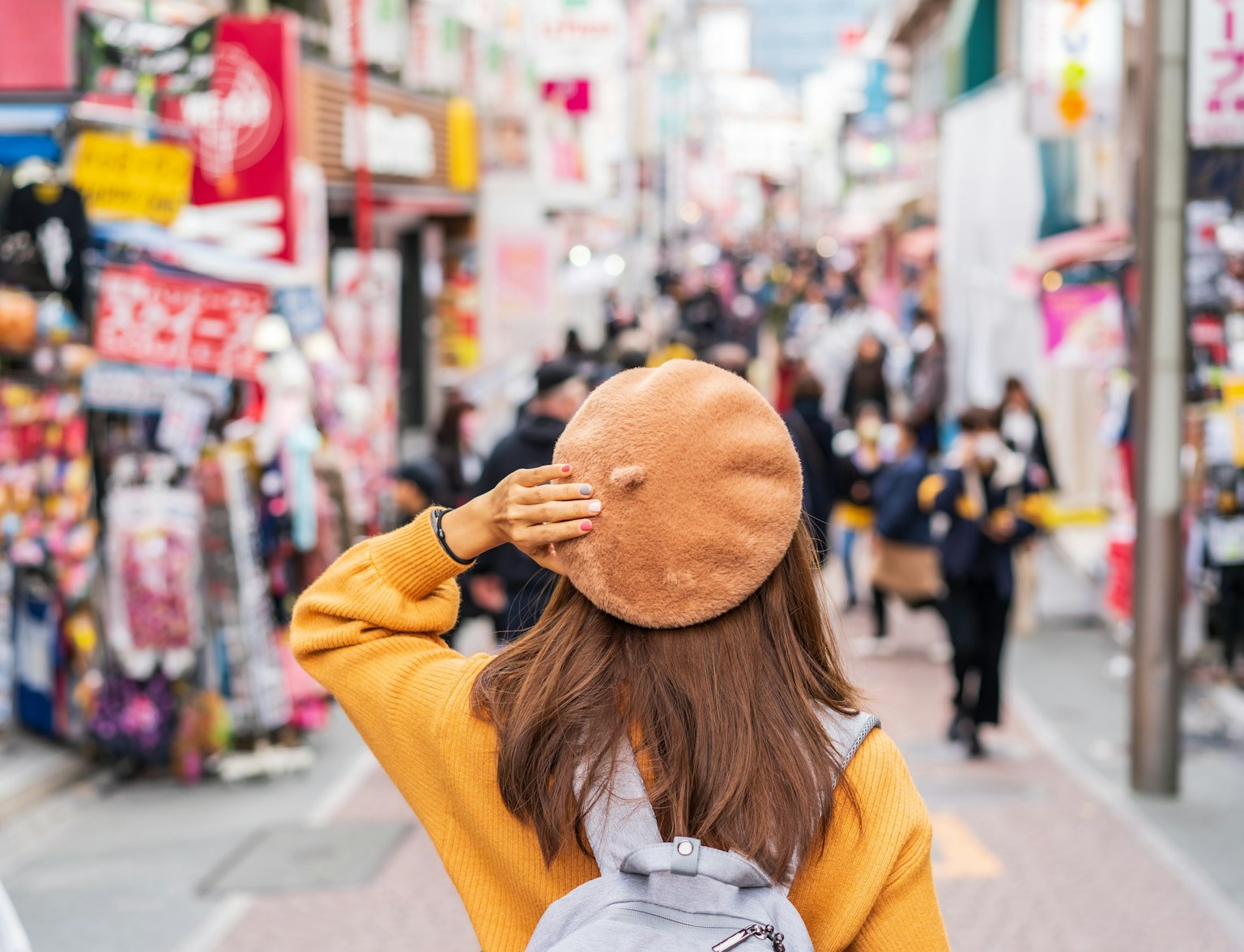
Appreciate the beauty of Kiyosumi Teien with this tour.
The garden's design reflects a deep understanding and appreciation of Japanese aesthetics, particularly the concept of wabi-sabi, which finds beauty in simplicity and impermanence.
Today, Kiyosumi Garden is a beautiful spot for relaxation and reflection and a cultural landmark connecting modern Tokyo with its historical past. It remains a testament to the vision of Iwasaki Yatarō and a symbol of the Meiji Period's transformative spirit, blending the old with the new and the traditional with the modern.
For visitors, Kiyosumi Teien is more than just a garden; it's a journey through the history and heart of Japanese garden artistry.
Location: 3-chōme-3-9 Kiyosumi, Koto City, Tokyo 135-0024, Japan.
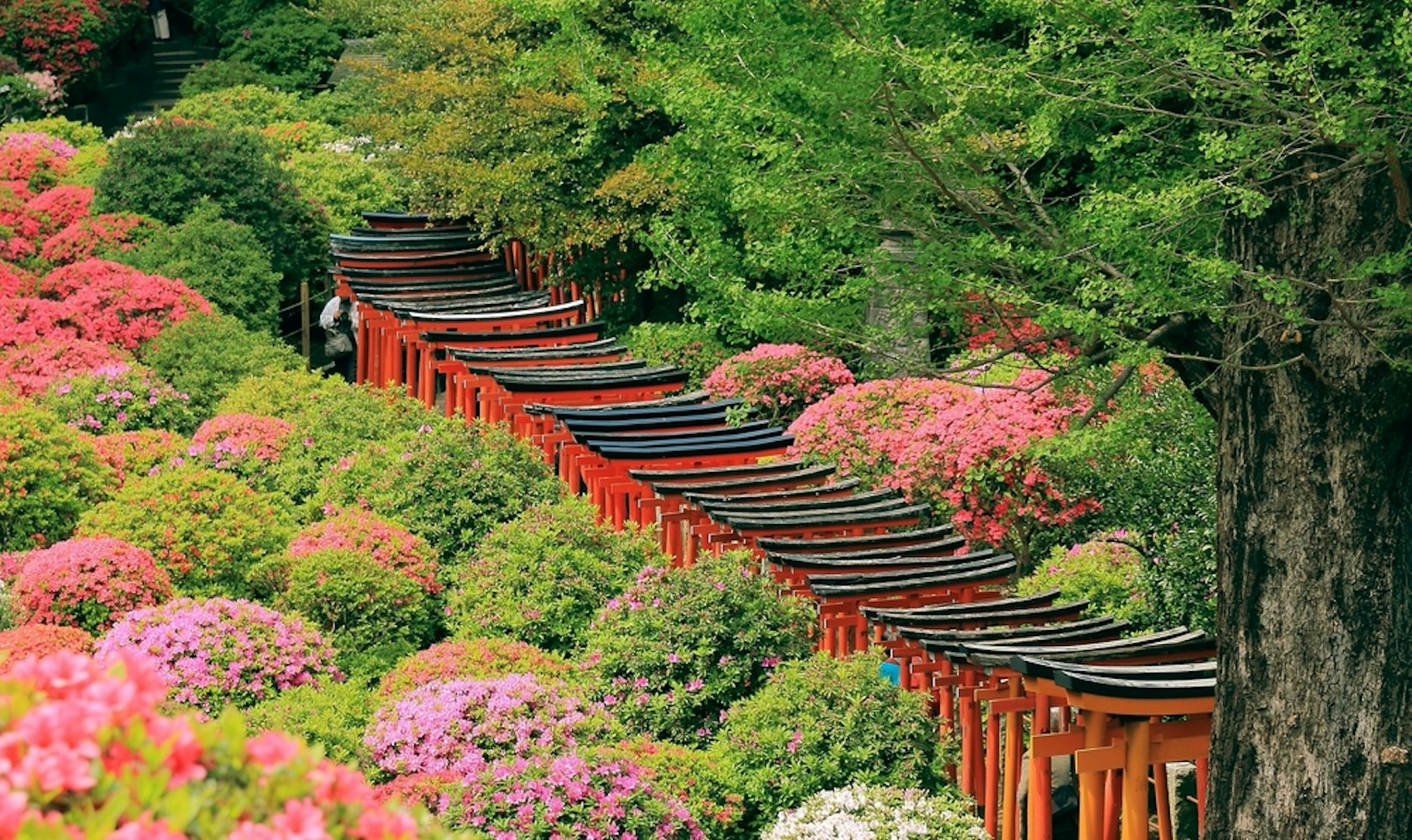
Legend has it that the origin of the Nezu Shrine dates back approximately 1,900 years, attributed to the founding by the mythical figure Yamato Takeru no Mikoto, a revered priest in Japanese folklore. This ancient shrine, steeped in history and tradition, is believed to have been established in its initial form by this legendary figure, linking it to a rich cultural and spiritual past that spans nearly two millennia.
In the year 1706, the shrine underwent a significant transformation. It was during this time, in the heart of the Edo Period, a pivotal era in Japanese history stretching from 1603 to 1867, that Tokugawa Tsunayoshi, the fifth shogun of the Tokugawa dynasty, commanded the reconstruction of the Nezu Shrine at its present location.
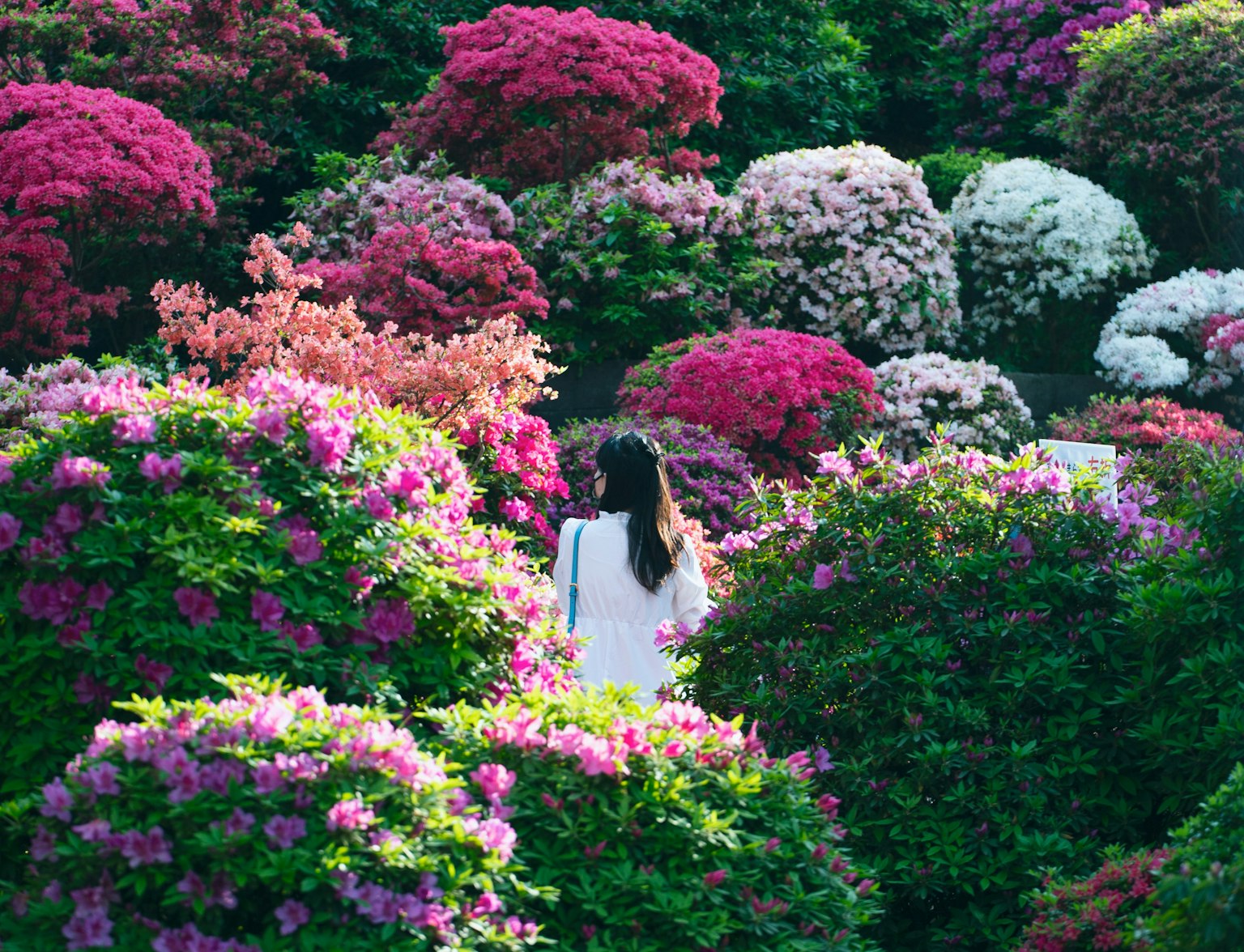
Dive deep into the heart of Tokyo's Bunkyo ward, where the age-old Nezu Shrine awaits.
Tsunayoshi, known for his contributions to Japanese culture and governance, played a crucial role in the shrine's history, overseeing its relocation and renovation. This move symbolized the shogun's dedication to preserving cultural heritage and marked a new chapter in the shrine's long-standing legacy.
The relocation and rebuilding of the Nezu Shrine under Tokugawa Tsunayoshi's directive was significant, reflecting the era's architectural style and cultural values. It served as a testament to the shogun's influence and commitment to upholding the spiritual and historical significance of such revered sites in Japan.
The shrine's establishment at its current site in the early 18th century thus represents a crucial intersection of history, spirituality, and leadership, embodying the essence of the Edo Period's rich cultural tapestry.
Location: 1-chōme-28-9 Nezu, Bunkyo City, Tokyo 113-0031, Japan.
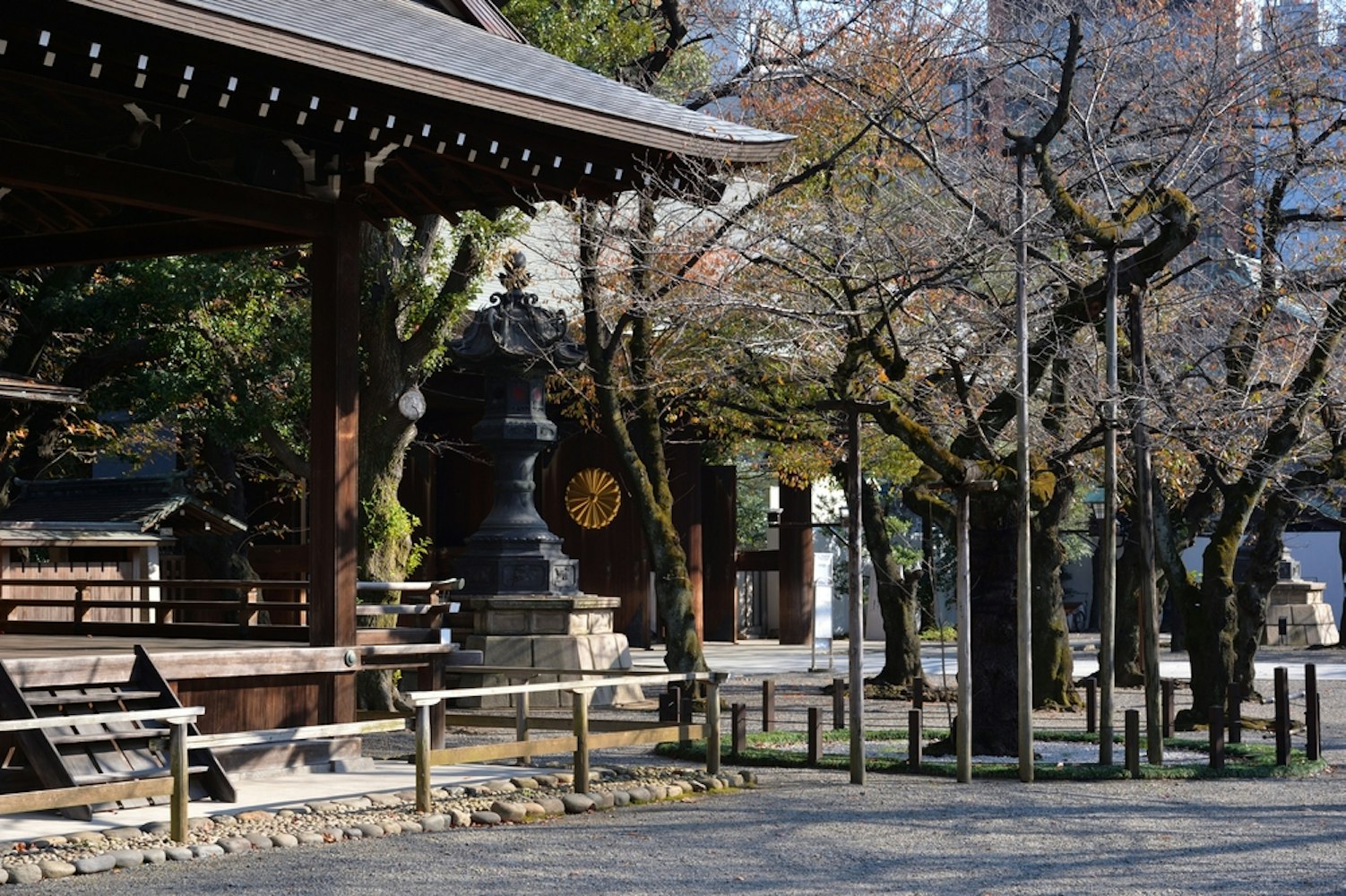
Yasukuni Shrine, situated in the central area of Tokyo, is a significant Shinto shrine religious site dedicated to commemorating those who lost their lives in military service for Japan. This shrine, established in 1869 by Emperor Meiji, serves as a solemn memorial to honor and remember the sacrifices of Japanese soldiers.
It was conceived as a gesture of respect and national remembrance, reflecting Japan's deep cultural and historical values. The shrine symbolizes the nation's recognition and reverence for its war dead, providing a sacred space where their contributions to Japan's history are eternally acknowledged and celebrated.
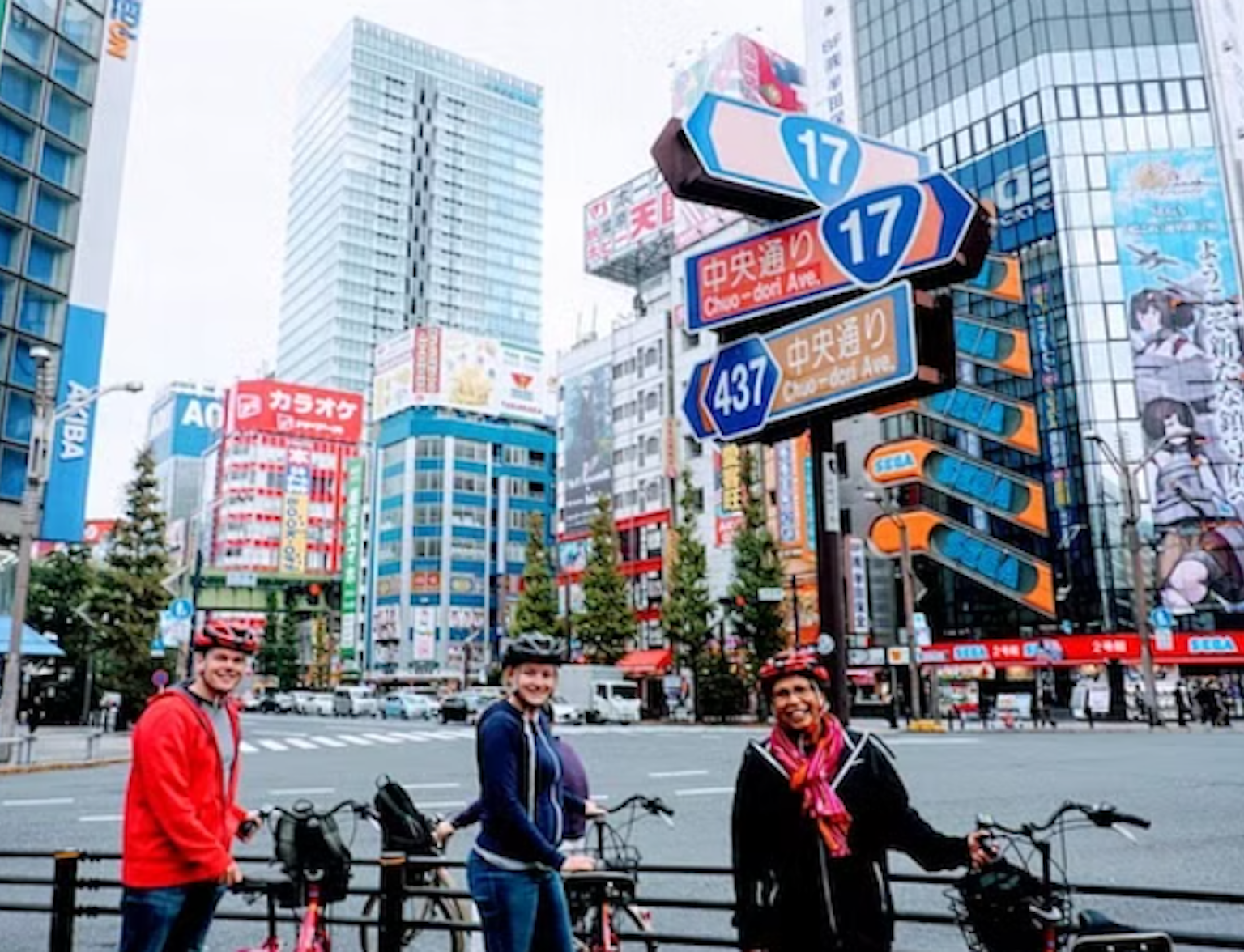
Discover the historical significance of Yasukuni Shrine.
Yasukuni Shrine stands as a historical monument and a place of reflection and homage to the bravery and loyalty of those who served Japan throughout its various military conflicts.
Location: 3-chōme-1-1 Kudankita, Chiyoda City, Tokyo 102-0073, Japan.
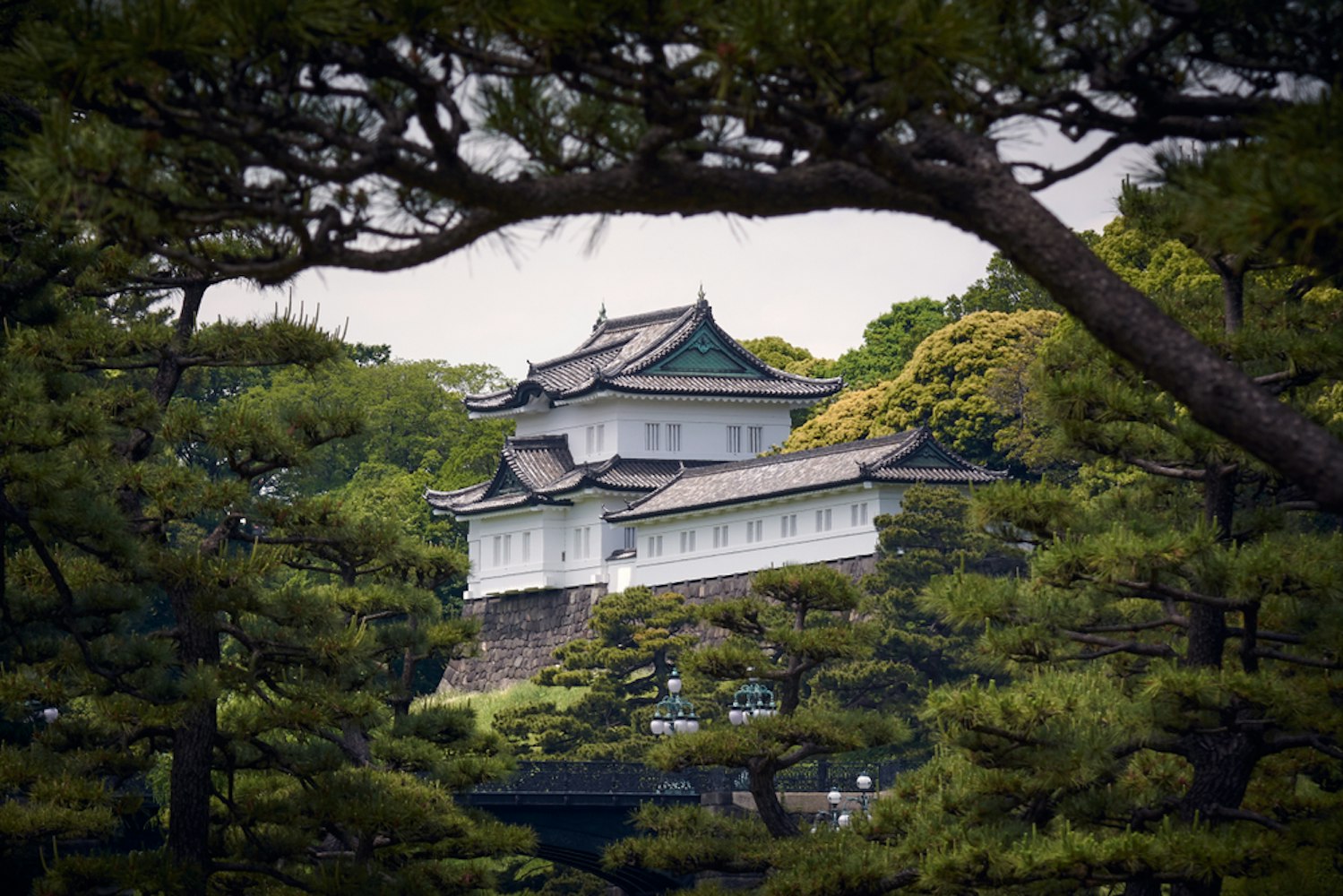
The Imperial Palace in Tokyo is home to Japan's Imperial Family. This site has a storied history, tracing when it was known as Edo Castle.
During a significant period in Japan's history, Edo Castle was the central power base for the Tokugawa shogunate, the ruling military government that governed Japan from 1603 to 1867. This era was marked by a unique form of feudal governance, with the shogun holding supreme authority.
In the pivotal year of 1868, a transformative change swept through Japan. The Tokugawa shogunate, which had maintained power for over two and a half centuries, was overthrown in a movement that would reshape Japan's political landscape.
This monumental event marked the end of the shogunate era and heralded the beginning of the Meiji Restoration. As part of this significant shift, the nation's capital and the residence of the imperial family were relocated from Kyoto, the ancient seat of power, to Tokyo, signaling a new chapter in Japan's history.
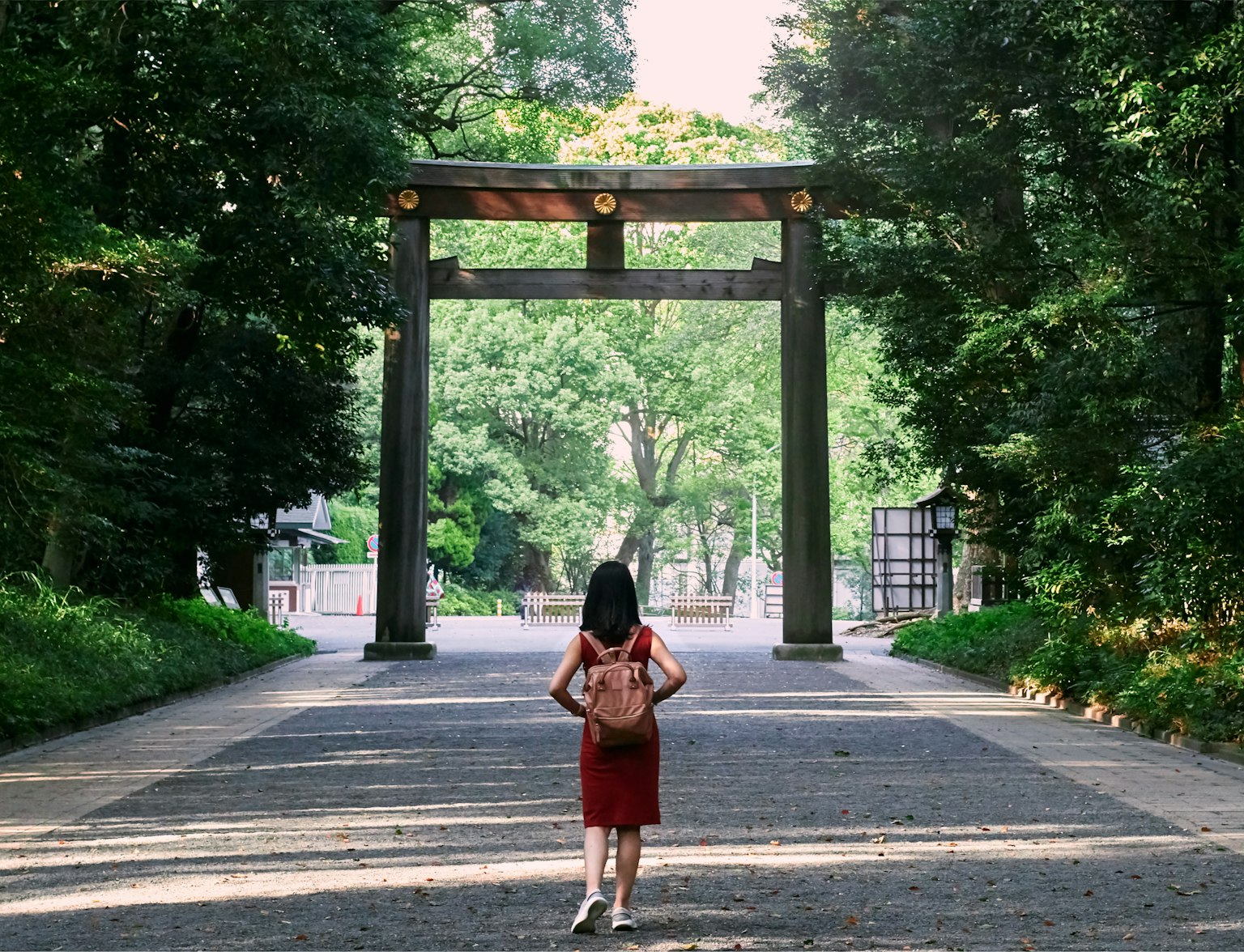
Immerse yourself in the rich history of the East Gardens of the Imperial Palace.
The need for a new imperial residence in Tokyo became apparent after this relocation. It led to the construction of the new Imperial Palace, a project that was embarked upon to symbolically and physically represent the new era of imperial rule from Tokyo.
This new palace was constructed in 1888, standing on the same grounds where Edo Castle once dominated the landscape. The new Imperial Palace was not just a residence for the Imperial Family but also a symbol of the new era of modernization and change that Japan was undergoing, blending traditional Japanese architectural styles with modern designs, reflecting the nation's journey towards a more contemporary identity.
Location: 1-1 Chiyoda, Chiyoda City, Tokyo 100-8111, Japan.
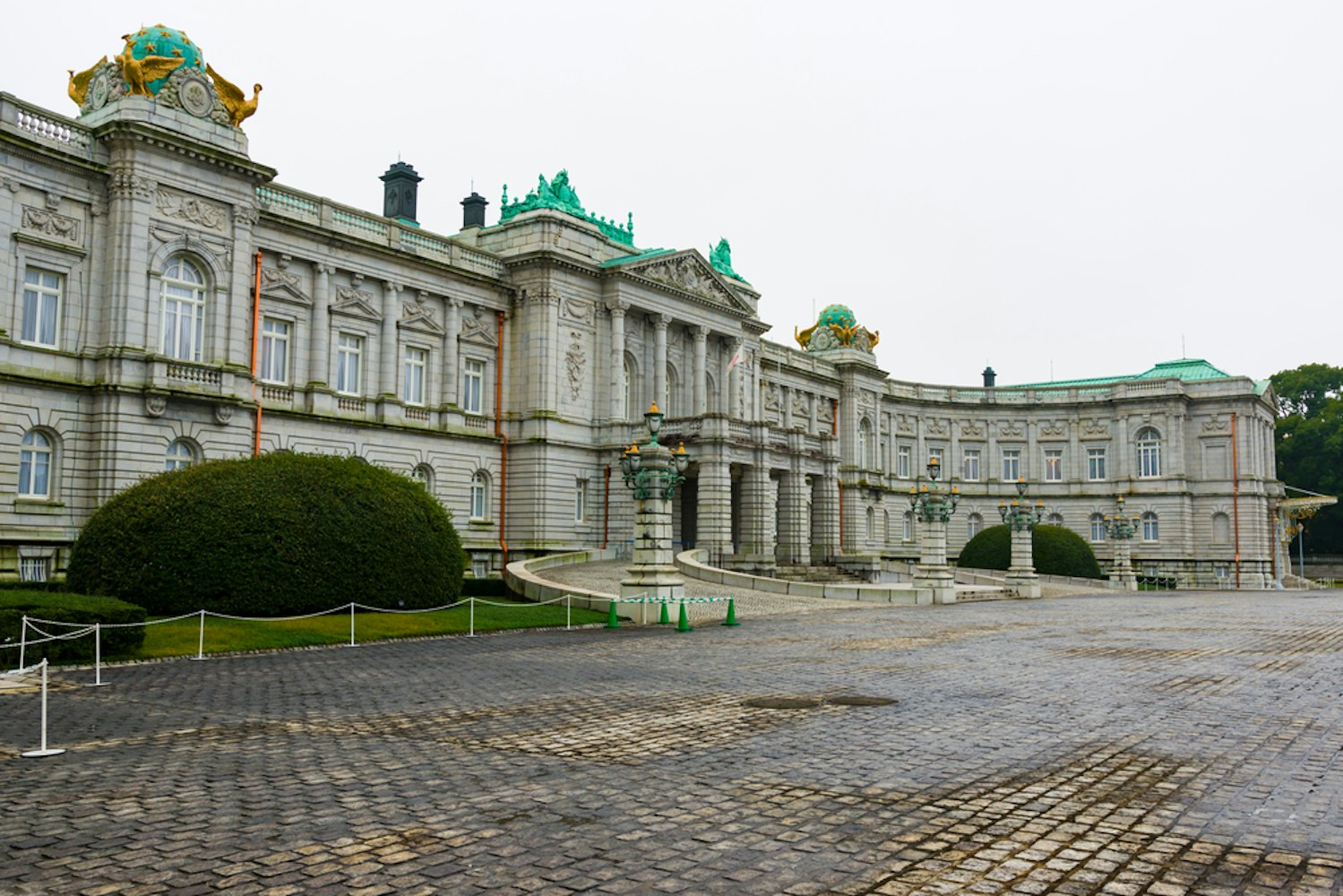
The State Guest House, also known as Akasaka Palace (SGH AP) in Japan, boasts a rich and storied history marked by significant milestones and architectural splendor. This grand palace has undergone various transformations since its inception, each phase contributing to its current status as a symbol of Japan's cultural fusion and international diplomacy.
The journey of SGH AP began at the turn of the 20th century, between 1899 and 1909. It was initially constructed as the Crown Prince's residence.
This period it marked the palace's emergence as a significant architectural endeavor, laying the foundation for its future role in Japan's national identity.
In a pivotal shift in 1948, the palace transitioned from part of the Imperial Household to one of the government's administrative assets. This change marked the beginning of its use as a facility for governmental purposes, widening its scope beyond the royal family.
Two decades later, in 1968, the palace underwent a significant transformation. It was remodeled and repurposed as the State Guest House.
This remodeling was a crucial moment in the palace's history, as it began to serve as a venue for hosting and accommodating foreign dignitaries, reflecting Japan's growing role in international relations.
In 2009, the SGH AP was designated a national treasure, a testament to its historical, cultural, and architectural significance. This designation underscored the palace's importance as a heritage site, further elevating its status in the eyes of both the Japanese public and the international community.
Location: 2-1-1, Moto-Akasaka, Minato-ku, Tokyo.
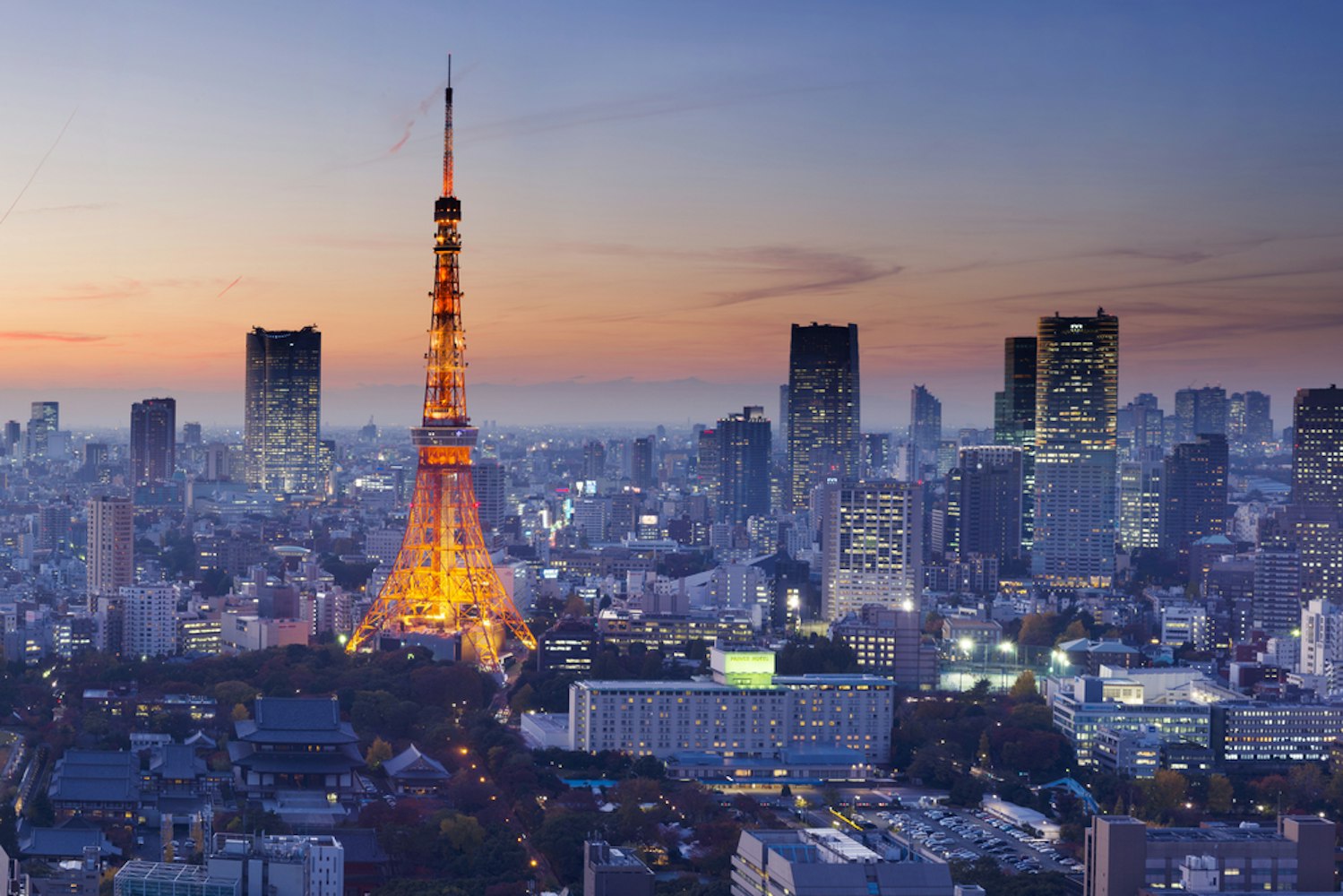
Constructed in 1958, Tokyo Tower stands as an iconic broadcasting tower in Japan's capital city. Inspired by the famed Eiffel Tower in Paris, its design combines global architectural brilliance and Japanese ingenuity.
Towering at an impressive height of 333 meters, Tokyo Tower was the tallest freestanding tower globally at its completion. This remarkable feat showcased Japan's engineering prowess and marked a significant milestone in architectural history.
The tower's supremacy as the tallest structure in Japan was undisputed until 2010. This year, the Tokyo Skytree, another architectural marvel, surpassed it.
Despite losing the title, Tokyo Tower has retained its iconic status and remains a significant landmark in Tokyo's skyline. Officially referred to as "Nippon Denpatō" or "Japan Radio Tower," Tokyo Tower is more than an architectural accomplishment.
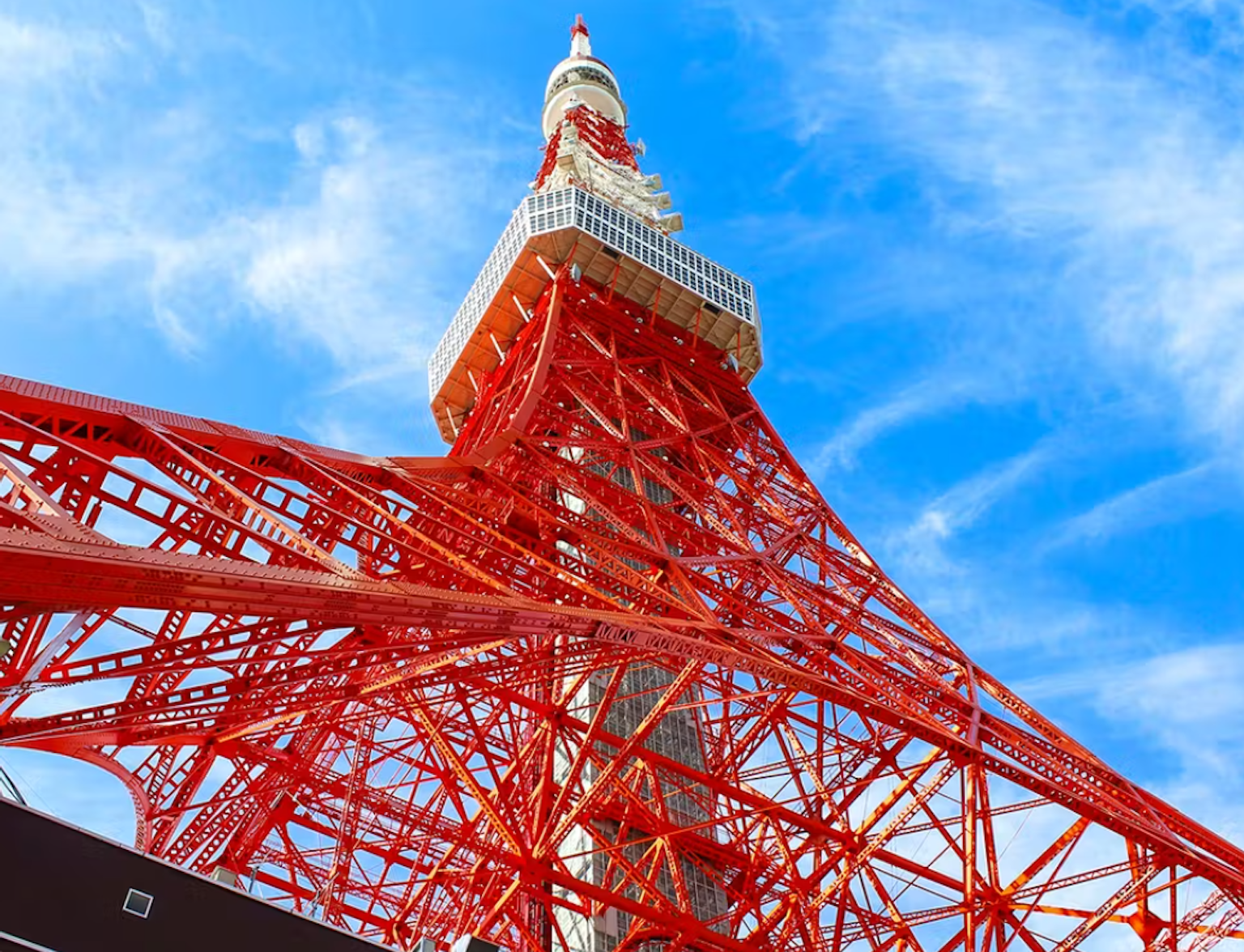
Begin your excursion with a trip up Tokyo Tower, a majestic steel beacon rising 333 meters.
It stands as a powerful symbol of Tokyo's, and indeed Japan's, resurgence and rejuvenation in the aftermath of World War II. The tower represents Japan's recovery journey and its emergence as a significant economic force in the post-war era.
Furthermore, Tokyo Tower is not just a functional structure for broadcasting purposes; it has evolved into a cultural icon, embodying Japan's resilience and futuristic vision. It attracts millions of visitors annually, drawn to its historical significance and its panoramic views of Tokyo.
The tower continues to remind locals and visitors of Japan's ability to rebuild and innovate, turning a war-torn past into a technologically advanced and economically prosperous future.
Location: 4 Chome-2-8 Shibakoen, Minato City, Tokyo 105-0011, Japan.

Asukayama Park, dating back to the early 18th century, is a legacy of Yoshimune Tokugawa (1684-1751), the eighth shogun of the Edo period. Tokugawa introduced this unique concept in Edo, crafting a public pleasure ground for the city's residents, the Edokko.
His vision was to create a space that was not only accessible to all but also rich in natural beauty. Asukayama Park, known for its stunning cherry blossoms, symbolized this inclusive approach.
Including cherry blossoms in the park's design was a thoughtful touch, reflecting the cultural significance of these flowers in Japanese tradition. This decision to open the park to the public marked a significant shift from the norm, where such spaces were often exclusive to the elite.
Asukayama Park, with its picturesque cherry trees, continues to be a cherished spot, embodying Tokugawa's progressive stance and commitment to public welfare.
Location: 1-chōme-1-3 Ōji, Kita City, Tokyo 114-0002, Japan.
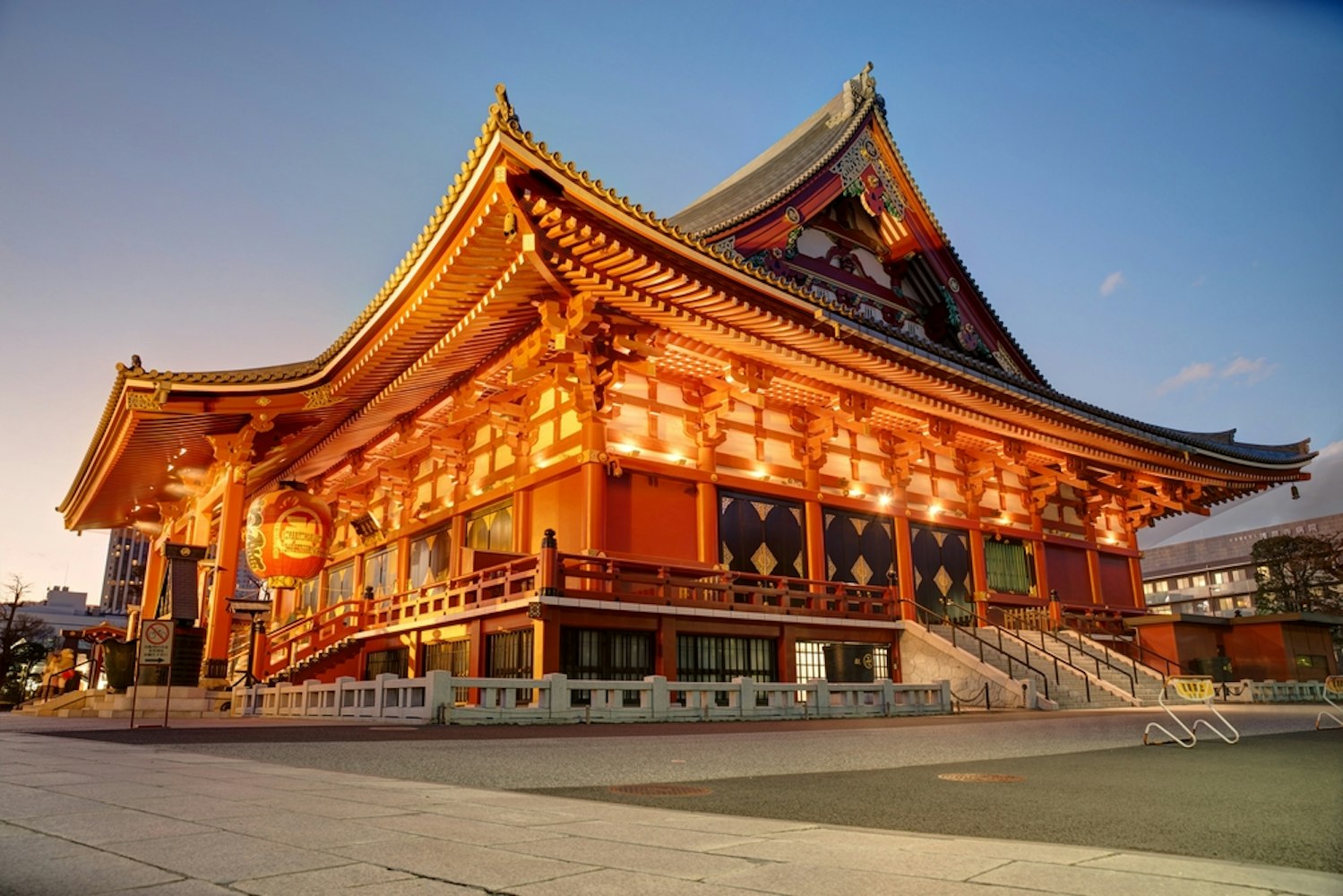
Sensoji Temple, located in the vibrant neighbourhood of Asakusa in Tokyo, is the city's most ancient and celebrated temple. This revered site is dedicated to Kannon, the Buddhist deity symbolizing compassion and mercy.
With its origins tracing back more than 1,400 years, the temple not only stands as a testament to religious devotion but also embodies Tokyo's rich cultural and historical tapestry. Over the centuries, Sensoji has become a pivotal point of interest for both local worshippers and international visitors, who are drawn to its spiritual significance and architectural grandeur.
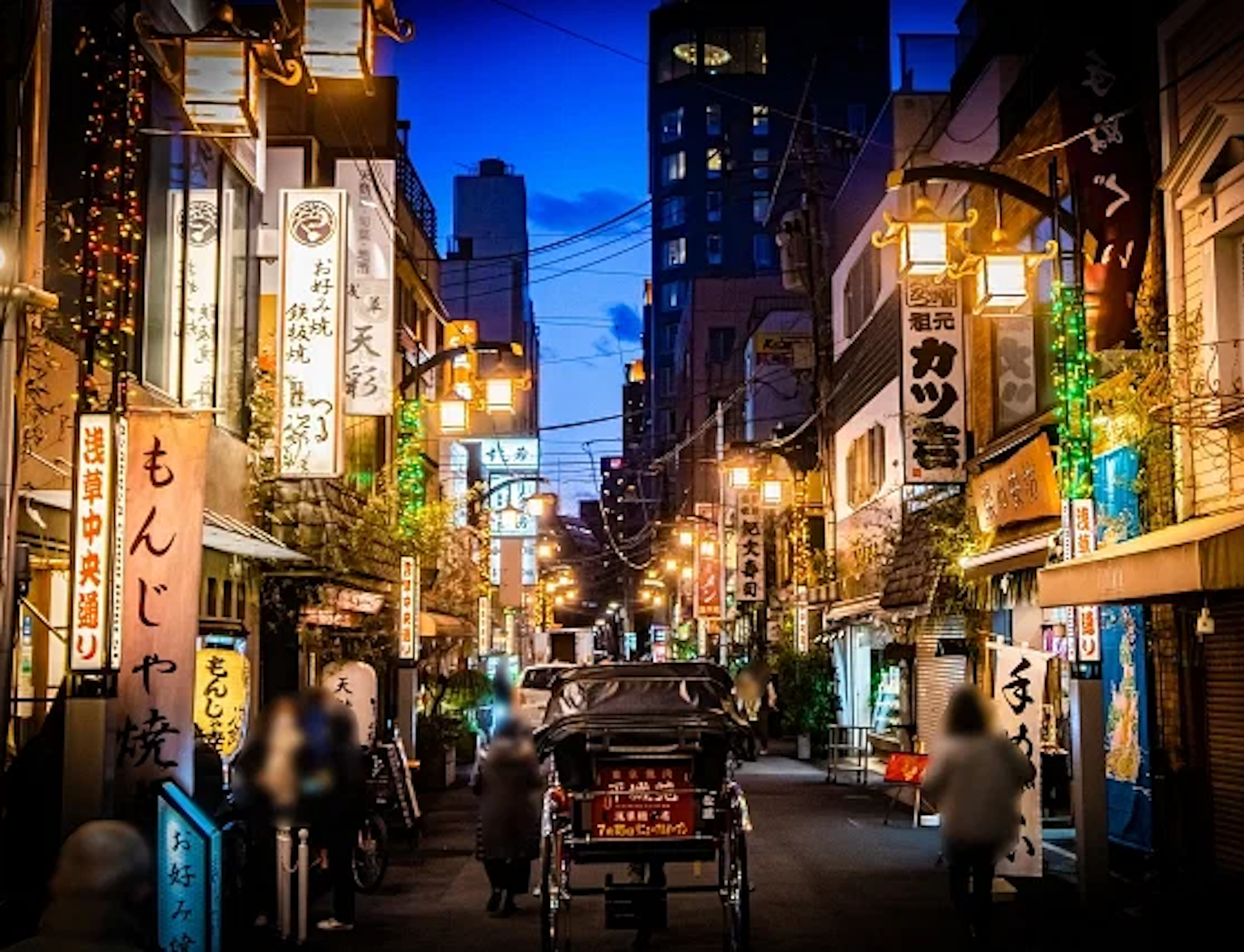
Arrive in Senso-ji Temple with a Rickshaw Ride.
The temple's enduring legacy continues to resonate through its bustling grounds, where the past and present of Tokyo's spiritual landscape converge.
Location: 2-chōme-3-1 Asakusa, Taito City, Tokyo 111-0032, Japan.

Shinjuku Gyoen, a prominent and picturesque garden in Tokyo, has a rich history that dates back to the Edo era, specifically around 1591. This splendid garden was initially established on the grounds of a private mansion owned by a feudal lord, known as a "daimyo," belonging to the Naito family.
In the transformative period that followed, the site evolved significantly. By 1872, it had been transformed into a government-managed agricultural experiment station, shifting from its feudal origins to a more scientific and public role.
This transition was a part of Japan's broader modernization efforts during the Meiji Restoration. As the years progressed, the estate underwent further changes.
It eventually became an imperial property, reflecting its growing importance and prestige. This transformation culminated in 1906 when Shinjuku Gyoen was officially completed as an imperial garden.
It marked a significant milestone in its history, solidifying its status as a symbol of elegance and imperial grace. Today, Shinjuku Gyoen is a beautiful garden and a testament to Japan's rich, multifaceted history, from its feudal past to its modern era.
Location: 11 Naitōmachi, Shinjuku City, Tokyo 160-0014, Japan.
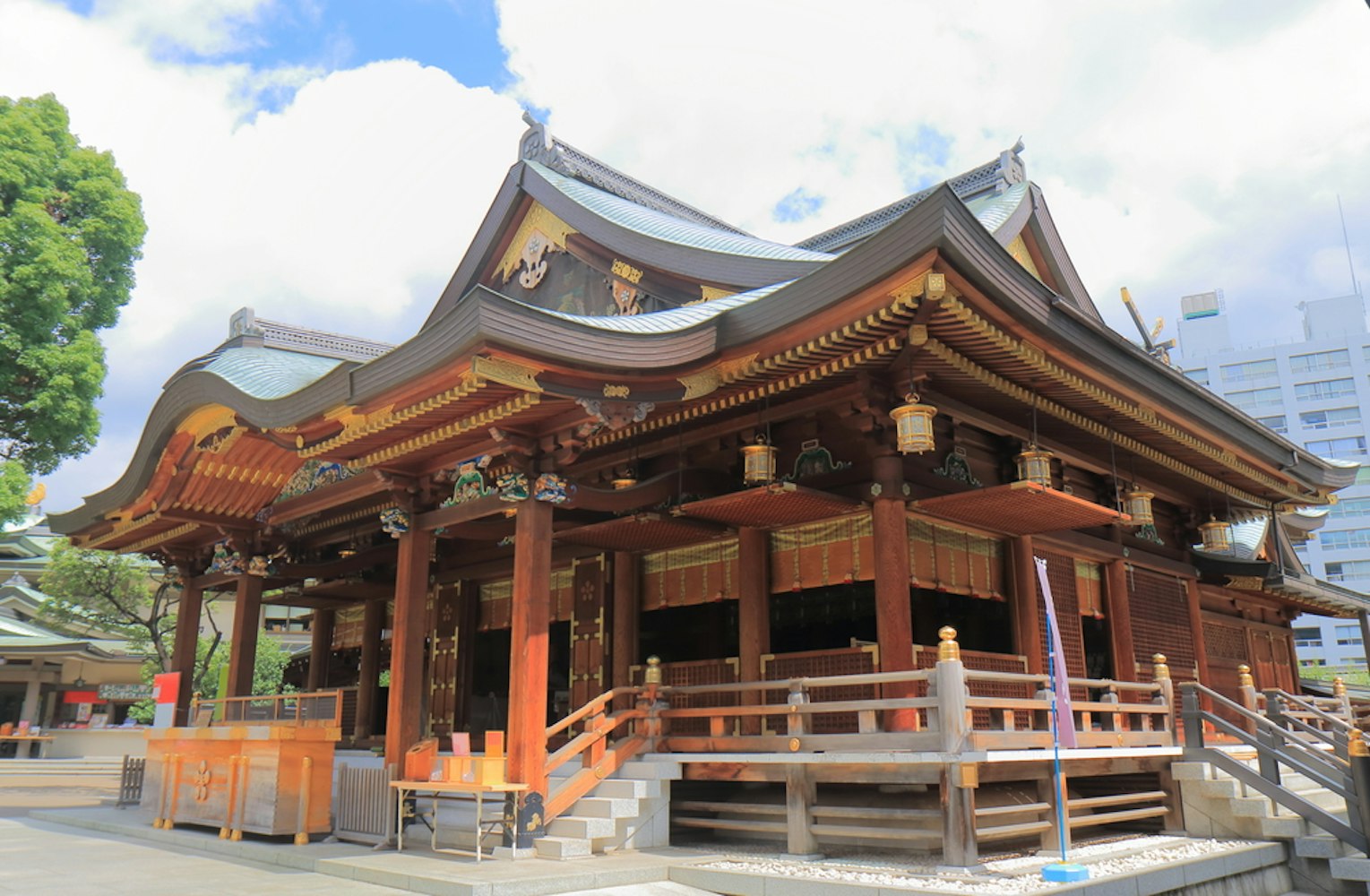
Yushima Tenmangu, also commonly called Yushima Tenjin, is a notable Shinto shrine in the bustling city of Tokyo, Japan. This historical shrine was founded in 458 CE, marking its significance in Japan's long-standing cultural and religious history.
The primary deity venerated at this shrine is Ameno-Tajikarao, a god revered for his embodiment of physical strength and vigour in the Shinto tradition. Over the centuries, Yushima Tenmangu has undergone various transformations and expansions.
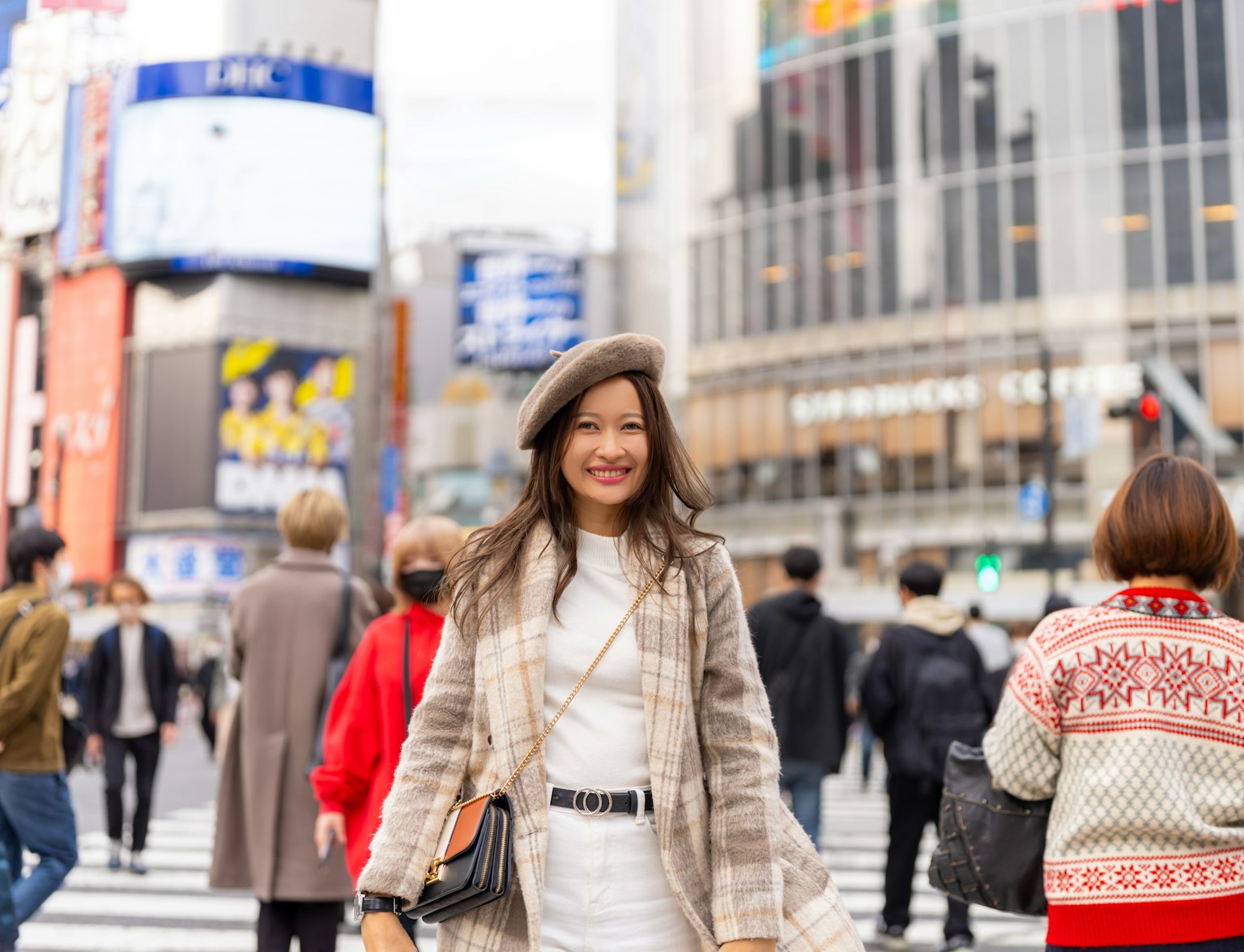
Include Yushima Tenmangu on your custom itinerary.
One of the most significant developments in its history occurred in the year 1355. During this period, the shrine underwent an extensive expansion, signifying its growing importance and reverence among the local populace.
Alongside this physical expansion, there was a notable addition to its spiritual significance. The spirit of Sugawara no Michizane, a prominent figure from the 9th century, was ceremoniously enshrined at Yushima Tenmangu.
Location: 3-chōme-30-1 Yushima, Bunkyo City, Tokyo 113-0034, Japan.
Exploring these less-known historical sites in Tokyo provides a deeper understanding of the city's rich history and cultural heritage. From the serene traditional Japanese gardens to the poignant Yasukuni Shrine and the majestic Tokyo Imperial Palace, each site tells a story of a city that has witnessed centuries of change.
Whether you're a history enthusiast or a curious traveler, these historical treasures of Tokyo offer a unique journey through time and culture.
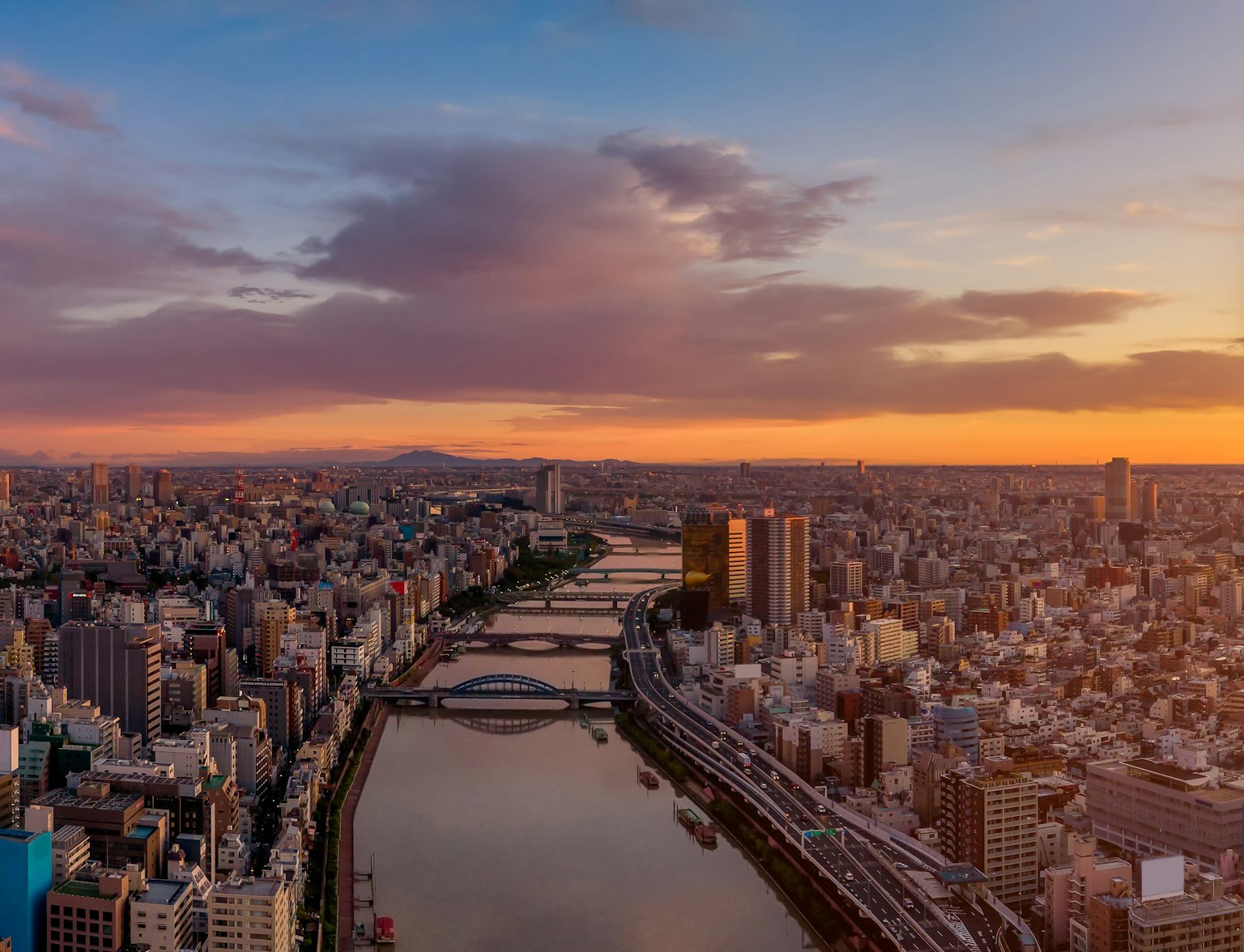
Experience the best of Tokyo with this tour.
